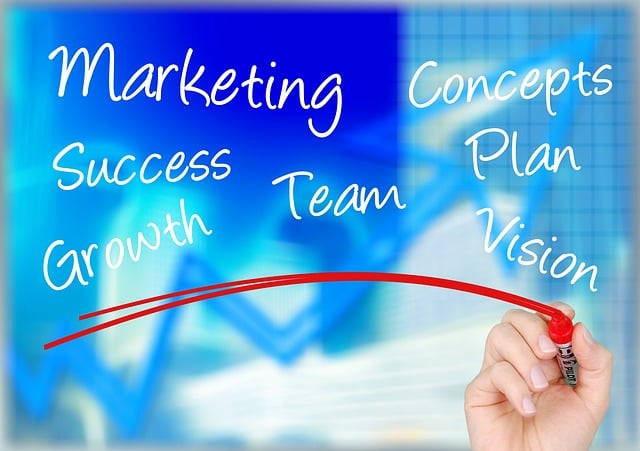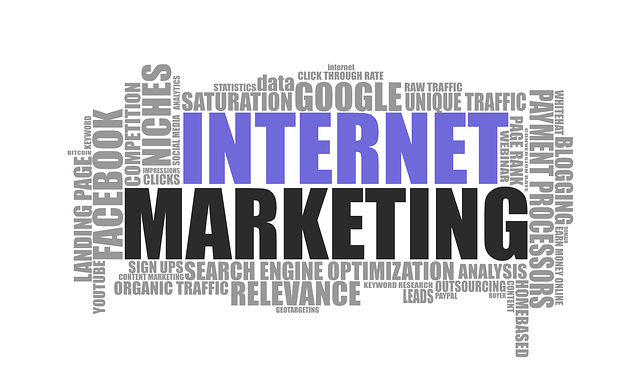AI is revolutionizing sales forecasting by leveraging sophisticated algorithms to analyze vast data, predict market trends, and understand customer behavior more accurately than traditional methods. A prominent example is AI-driven food photography optimization, where computer vision enhances product image analysis for better visual search capabilities, product insights, and refined sales forecasts. This technology empowers businesses to stay agile, adapt quickly to market changes, and drive revenue growth through strategic decision-making based on visual intelligence. To maximize benefits, companies should continually update and retrain AI models while integrating human expertise.
In today’s competitive market, precise sales forecasting is vital for businesses. Artificial Intelligence (AI) has emerged as a powerful tool, transforming traditional sales prediction methods. This article explores the revolutionary impact of AI in business sales forecasting, focusing on its key role and numerous advantages. We delve into how AI-driven food photography optimization enhances visual marketing, leading to better product representation and increased sales. Additionally, we provide insights on implementing and optimizing AI solutions for accurate, data-backed forecasts.
- Understanding AI's Role in Business Sales Forecasting
- Benefits of AI-Driven Food Photography Optimization
- Implementing and Optimizing AI Solutions for Accurate Forecasts
Understanding AI's Role in Business Sales Forecasting

In today’s digital era, businesses are increasingly leveraging Artificial Intelligence (AI) to gain a competitive edge in sales forecasting. AI-driven solutions offer a sophisticated approach to predicting market trends and customer behavior, which is essential for strategic decision-making. By implementing AI algorithms, companies can analyze vast amounts of data more efficiently than traditional methods allow. This enables them to identify patterns, assess risks, and seize opportunities with greater accuracy.
One notable application of AI in sales forecasting is its integration with AI-driven food photography optimization. Retailers in the food industry use computer vision technology to analyze product images, enhancing visual search capabilities. This not only improves customer experience but also provides valuable insights into popular products and trends, thereby refining sales forecasts. The synergy between AI and data analysis empowers businesses to stay agile, adapt quickly to market dynamics, and ultimately drive revenue growth.
Benefits of AI-Driven Food Photography Optimization

In today’s digital era, AI-driven food photography optimization is revolutionizing the way businesses approach sales forecasting. By leveraging advanced algorithms and machine learning techniques, these solutions can analyze vast amounts of visual data to predict consumer preferences and trends. This enables businesses to create more appealing and accurate product representations, thereby enhancing their marketing strategies and increasing sales potential.
The benefits of AI-driven food photography optimization extend beyond improved visuals. It also ensures a faster content creation process, allowing companies to promptly adapt to market changes. Moreover, these systems can identify unique selling points and optimize images to highlight them effectively, fostering a stronger connection with the target audience. As a result, businesses can make data-backed decisions, ensuring their sales forecasting is not just an estimate but a strategic prediction based on visual intelligence.
Implementing and Optimizing AI Solutions for Accurate Forecasts

Implementing AI solutions for sales forecasting is a strategic move that can revolutionize business operations. By leveraging machine learning algorithms, companies can now predict market trends and customer demands with unprecedented accuracy. This advanced technology analyzes vast amounts of historical data, patterns, and external factors to generate dynamic forecasts. One innovative application is AI-driven food photography optimization, where artificial intelligence enhances visual content, ensuring products appear appealing and consistent across various marketing platforms.
To ensure optimal results, businesses should focus on fine-tuning these AI models. Regular updates with the latest data and periodic model retraining are essential to adapt to changing market conditions. Additionally, combining AI forecasts with human expertise allows for more nuanced predictions, considering subjective factors that algorithms might miss. This balanced approach leverages the strengths of both technology and human intuition, leading to improved sales forecasting accuracy and better decision-making.
AI is transforming business sales forecasting, especially in sectors like food retail. By leveraging AI-driven food photography optimization, companies can gain valuable insights into customer preferences and market trends. Implementing these advanced solutions ensures accurate forecasts, enabling businesses to make data-backed decisions, optimize inventory management, and ultimately enhance overall profitability. The future of sales forecasting is here, and it’s powered by artificial intelligence.
